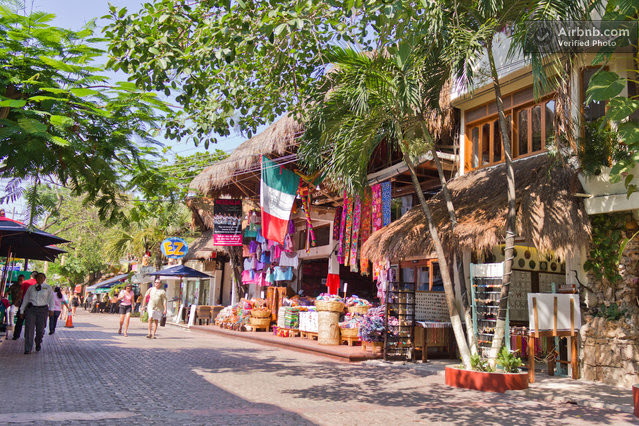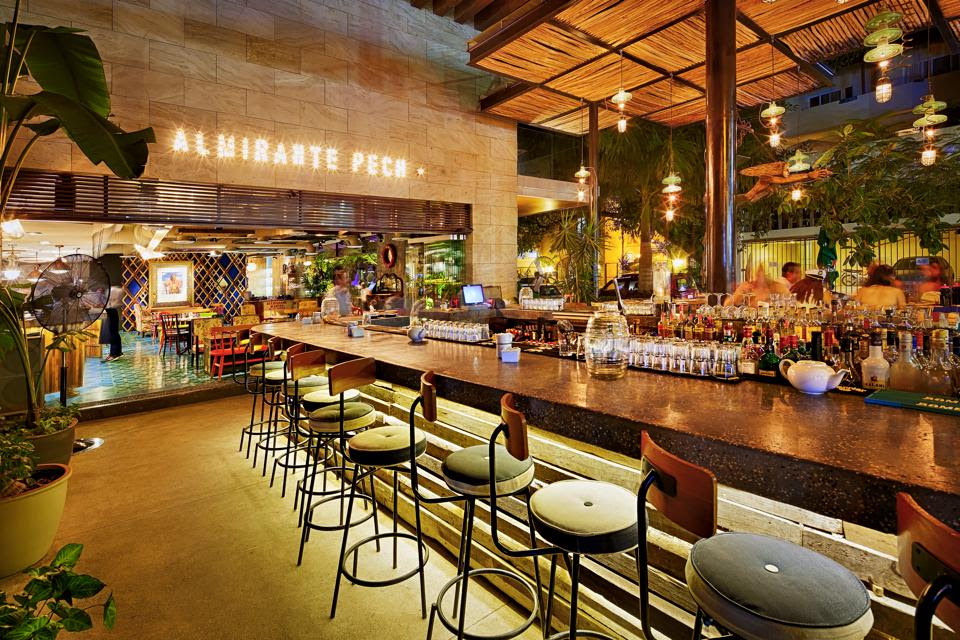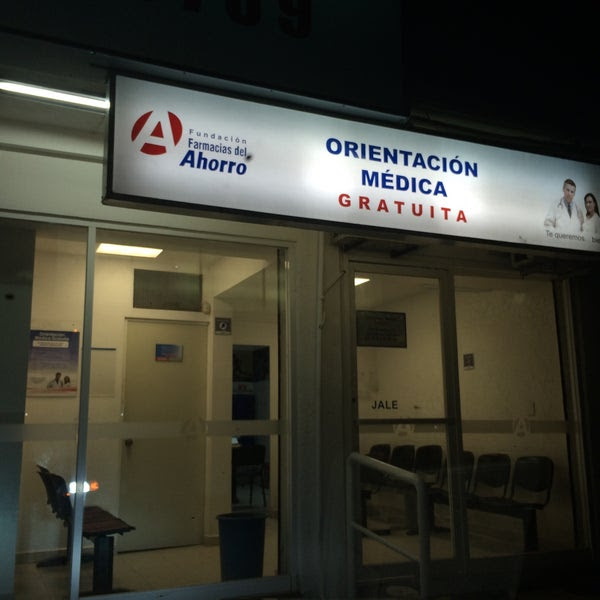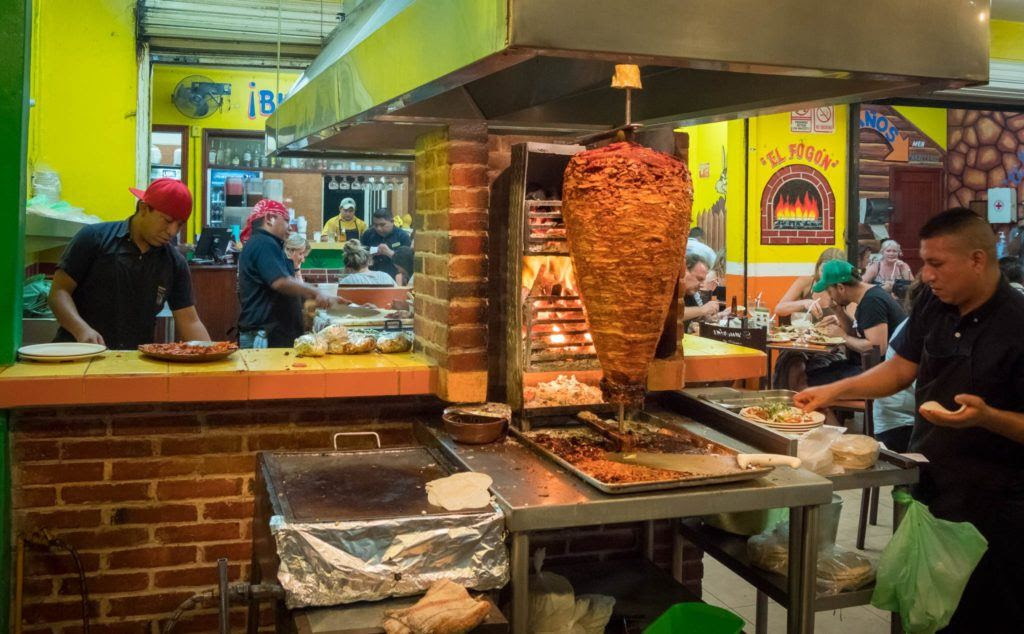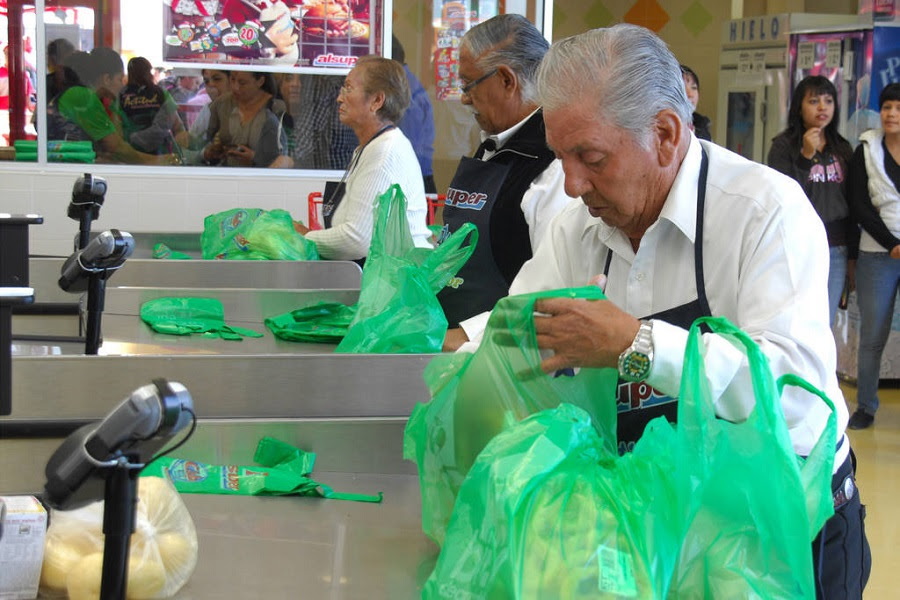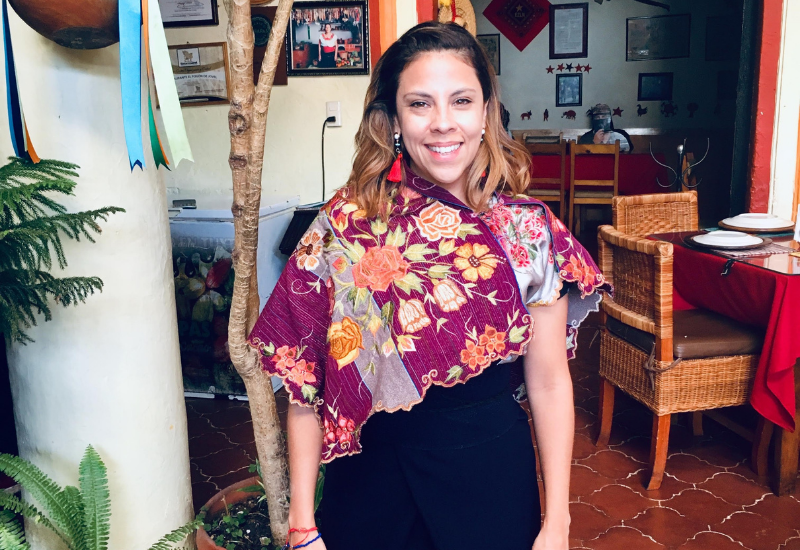
I seriously cannot recommend Best Mexico movers enough. I had to do a last minute international relocation and the level of service I received was above and beyond any and all expectations.
Chuck and his team are extremely professional, responsive, kind and extremely effective. Throughout the process everything was explained to me step by step, I was given timely updates and everyone in the company was patient and understanding, even when giving me after hours advice from different time zones
Professional, efficient, responsive, fast and with very competitive prices, I will not use any other company for relocation needs.

